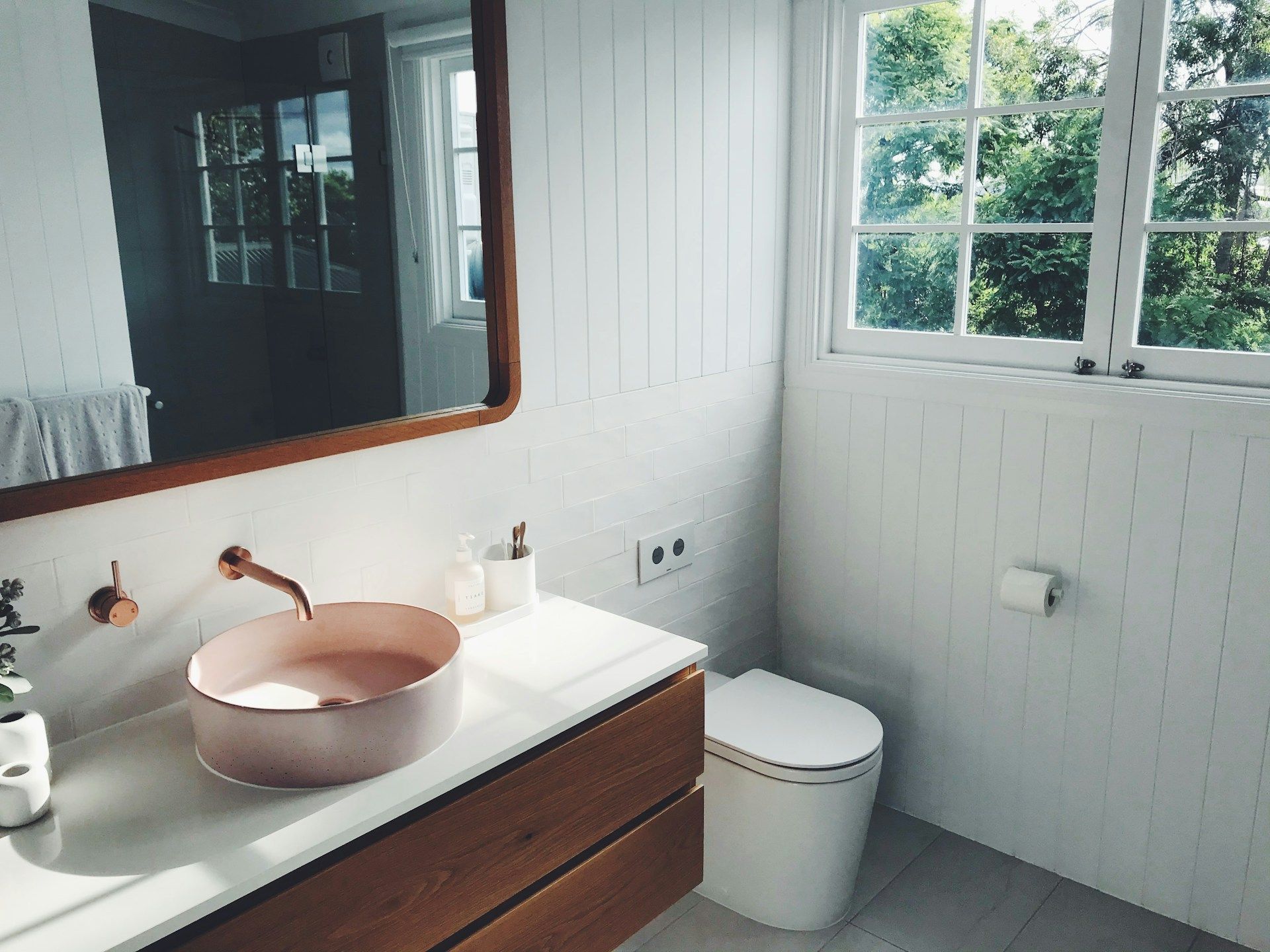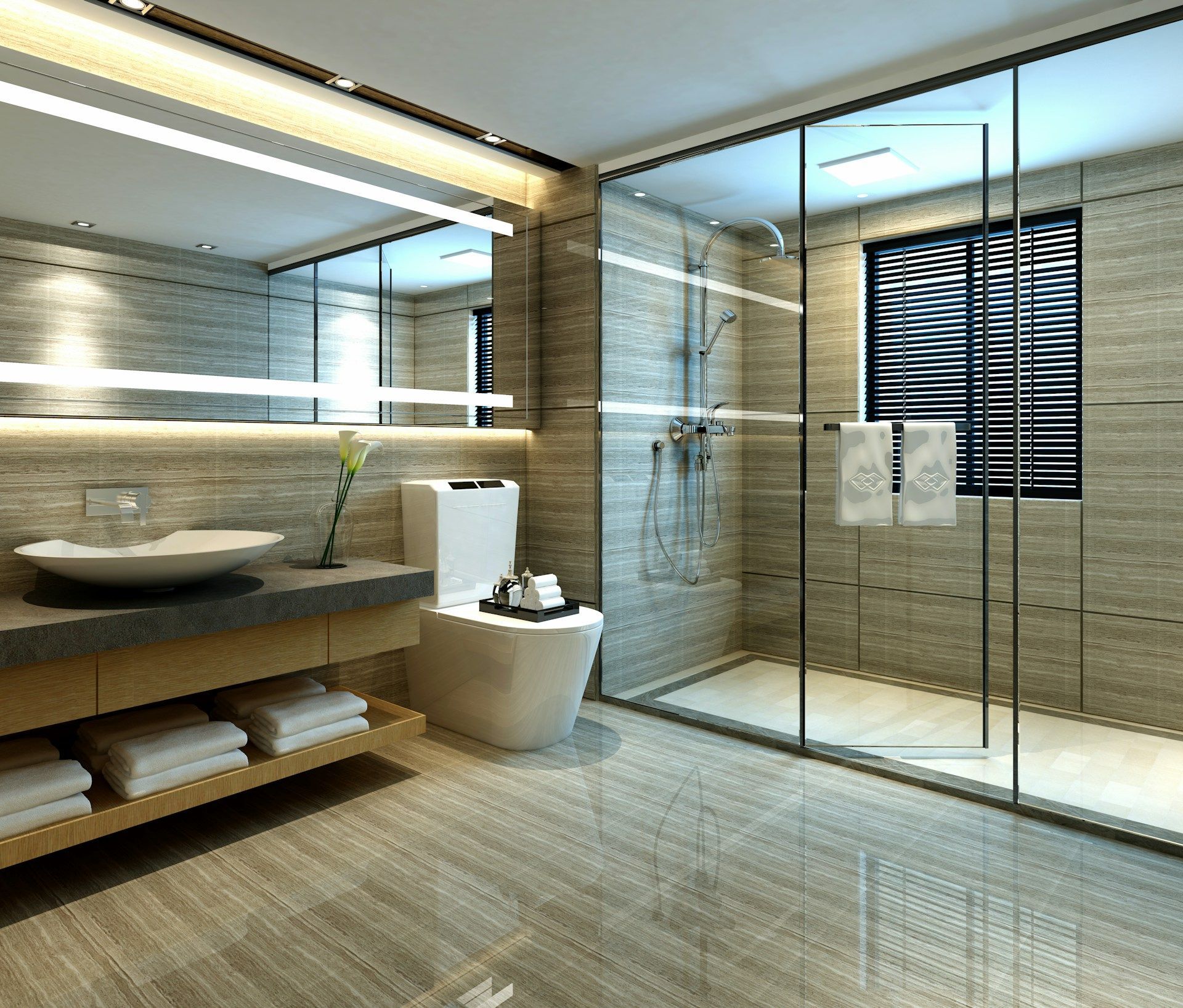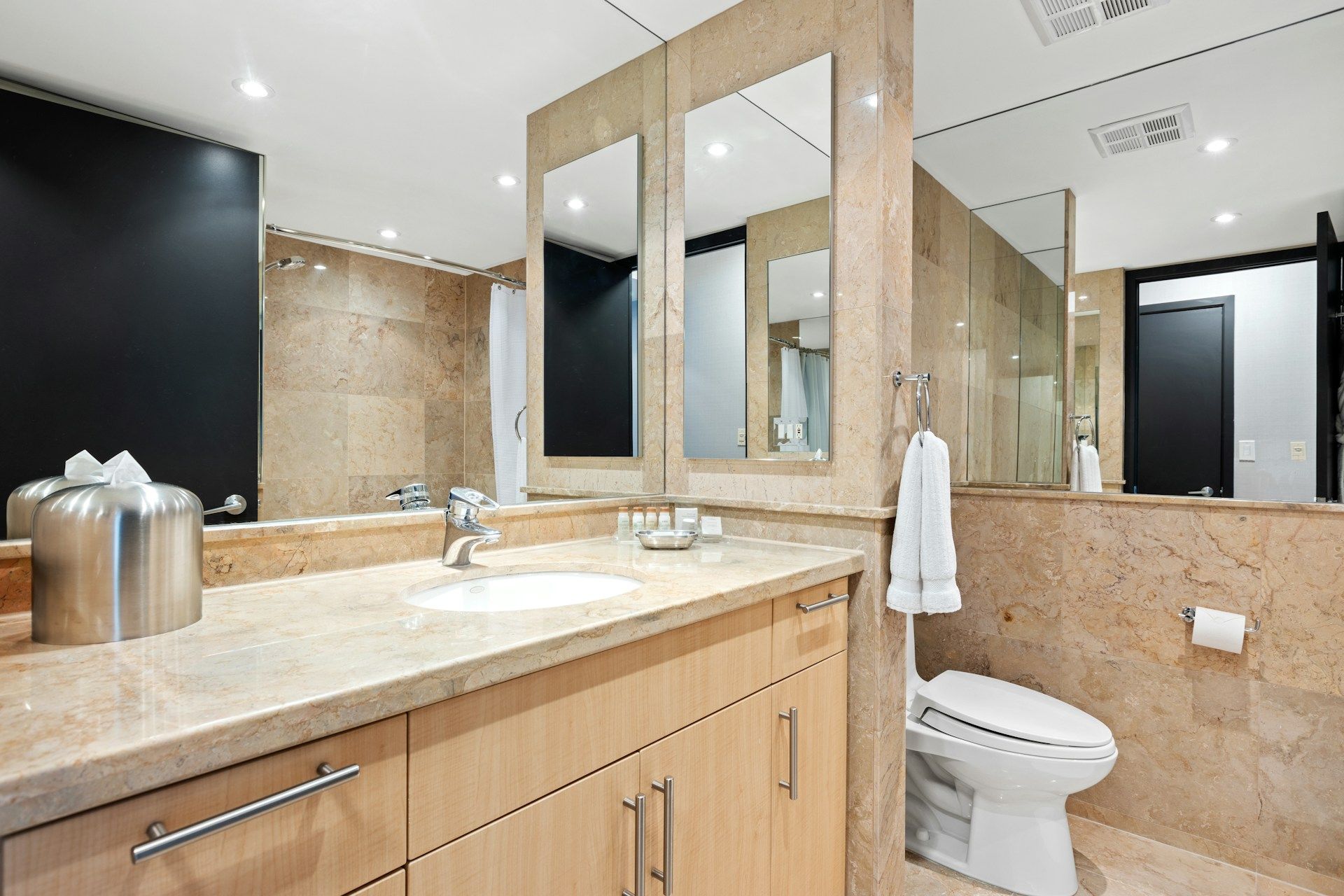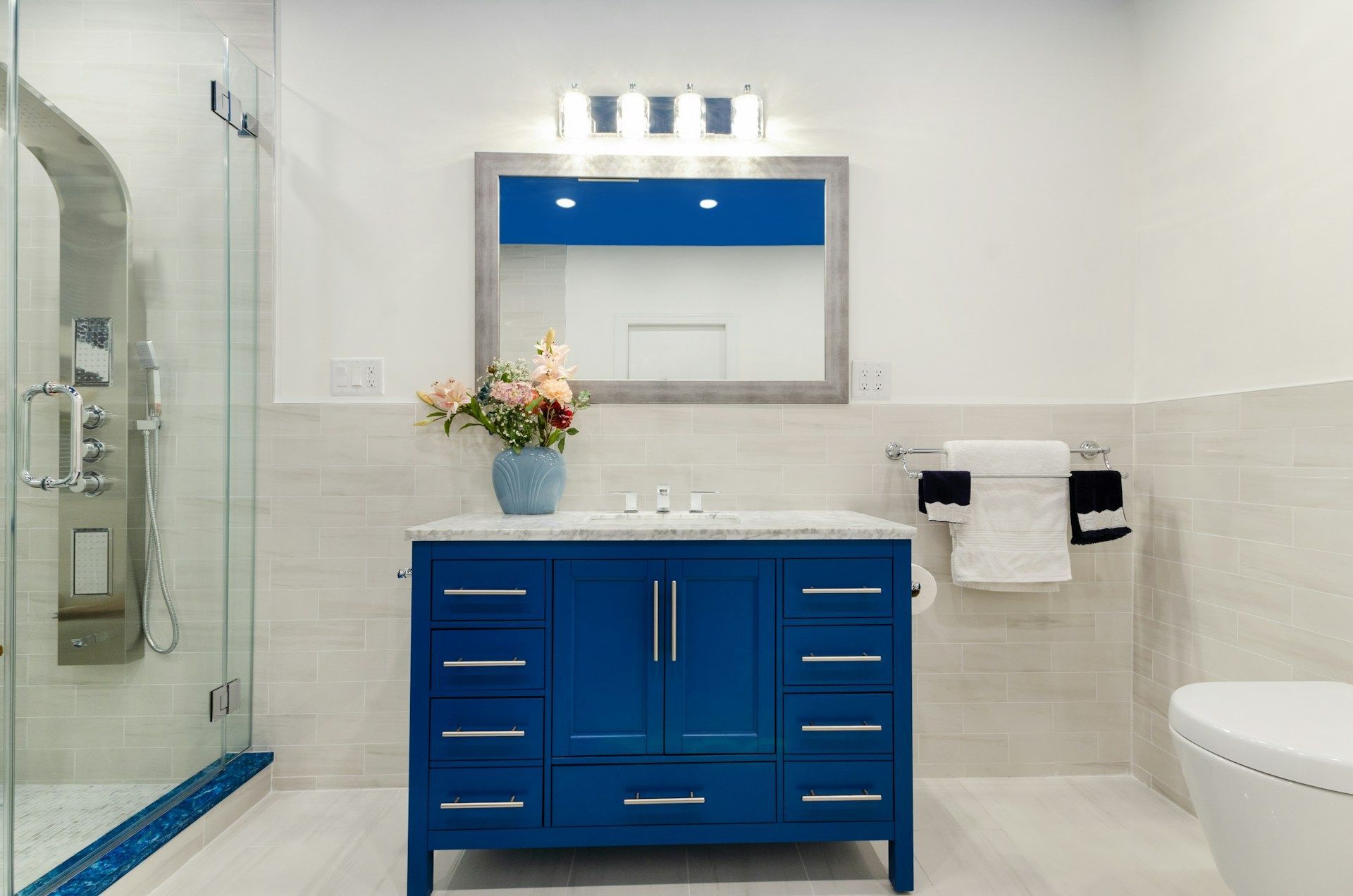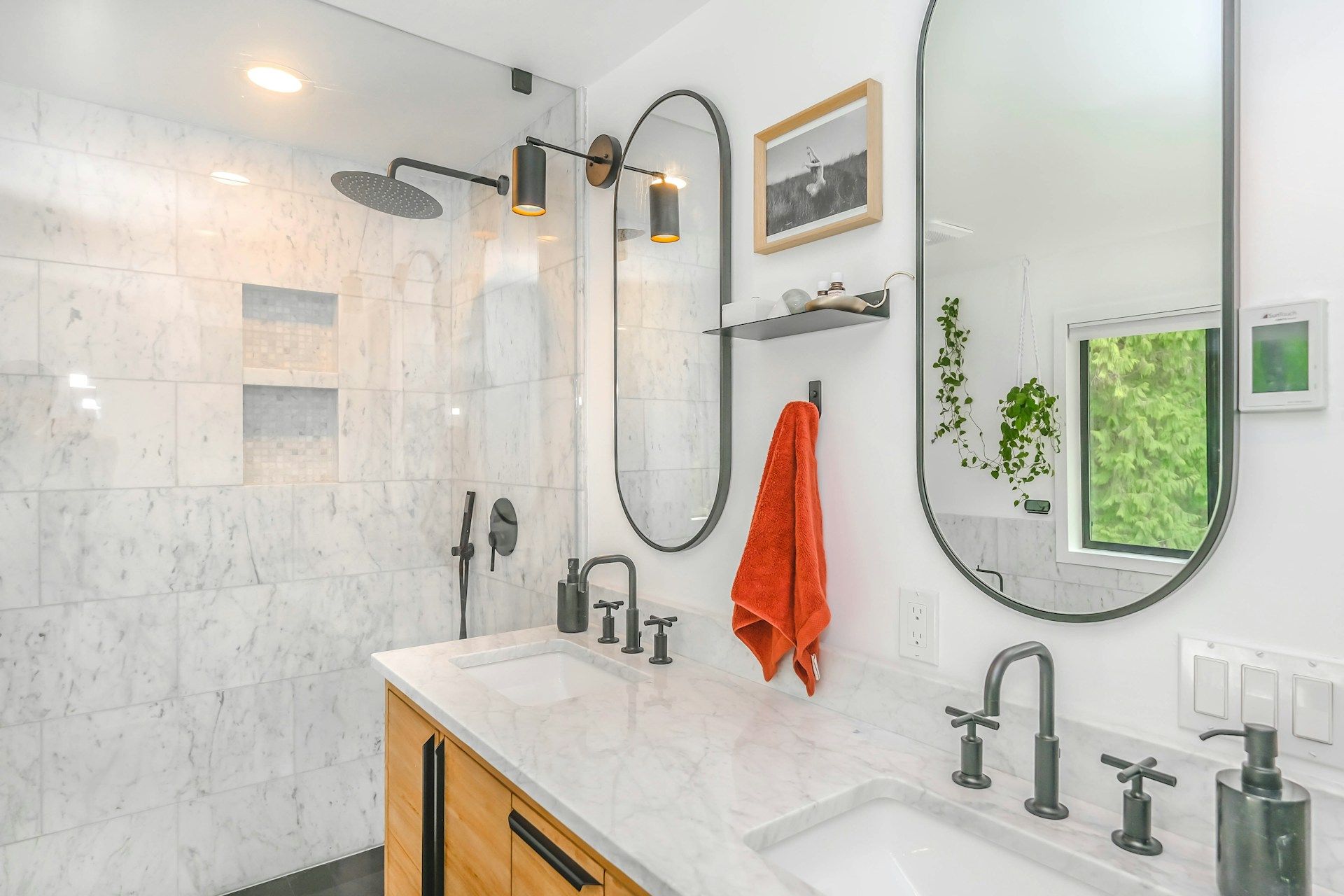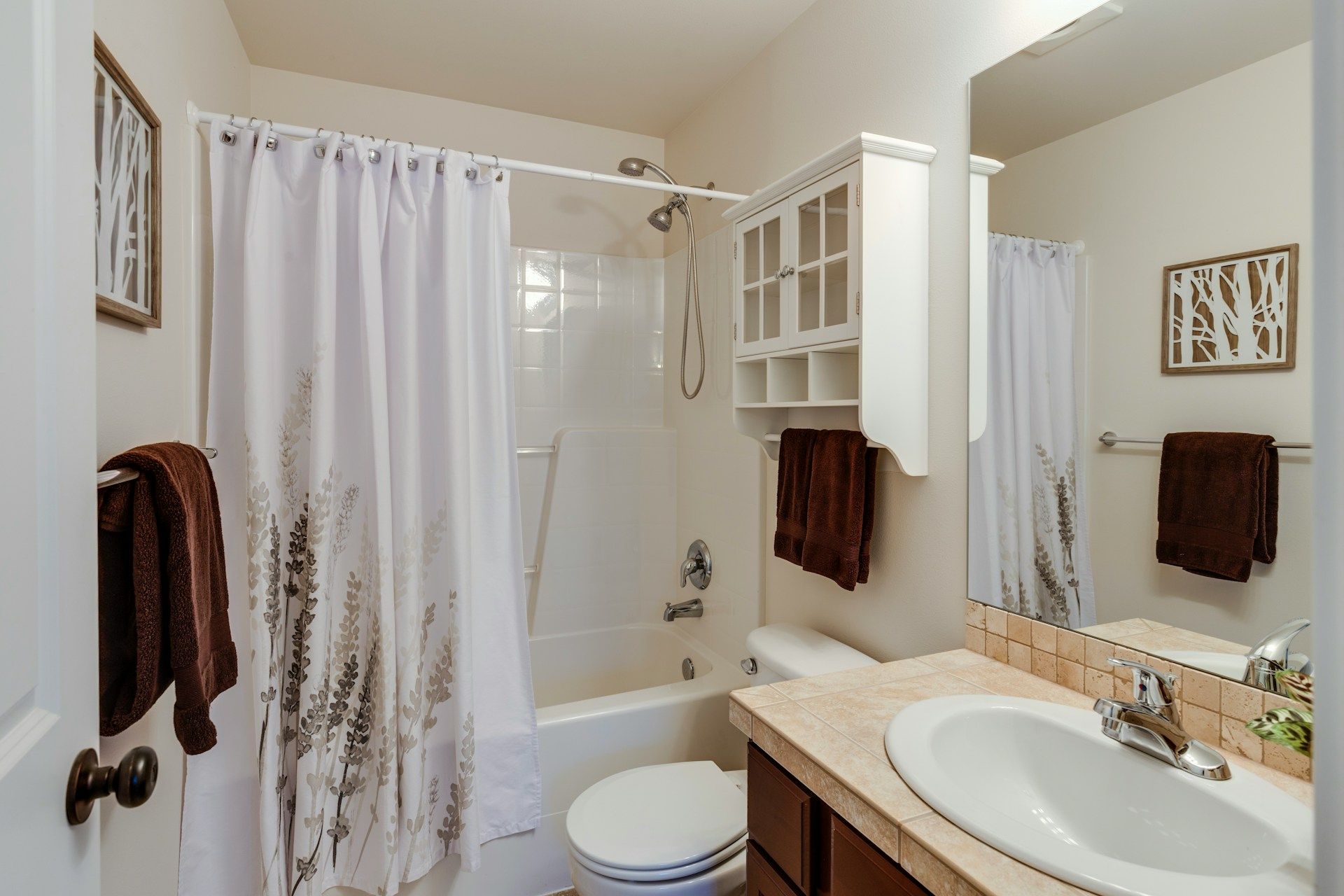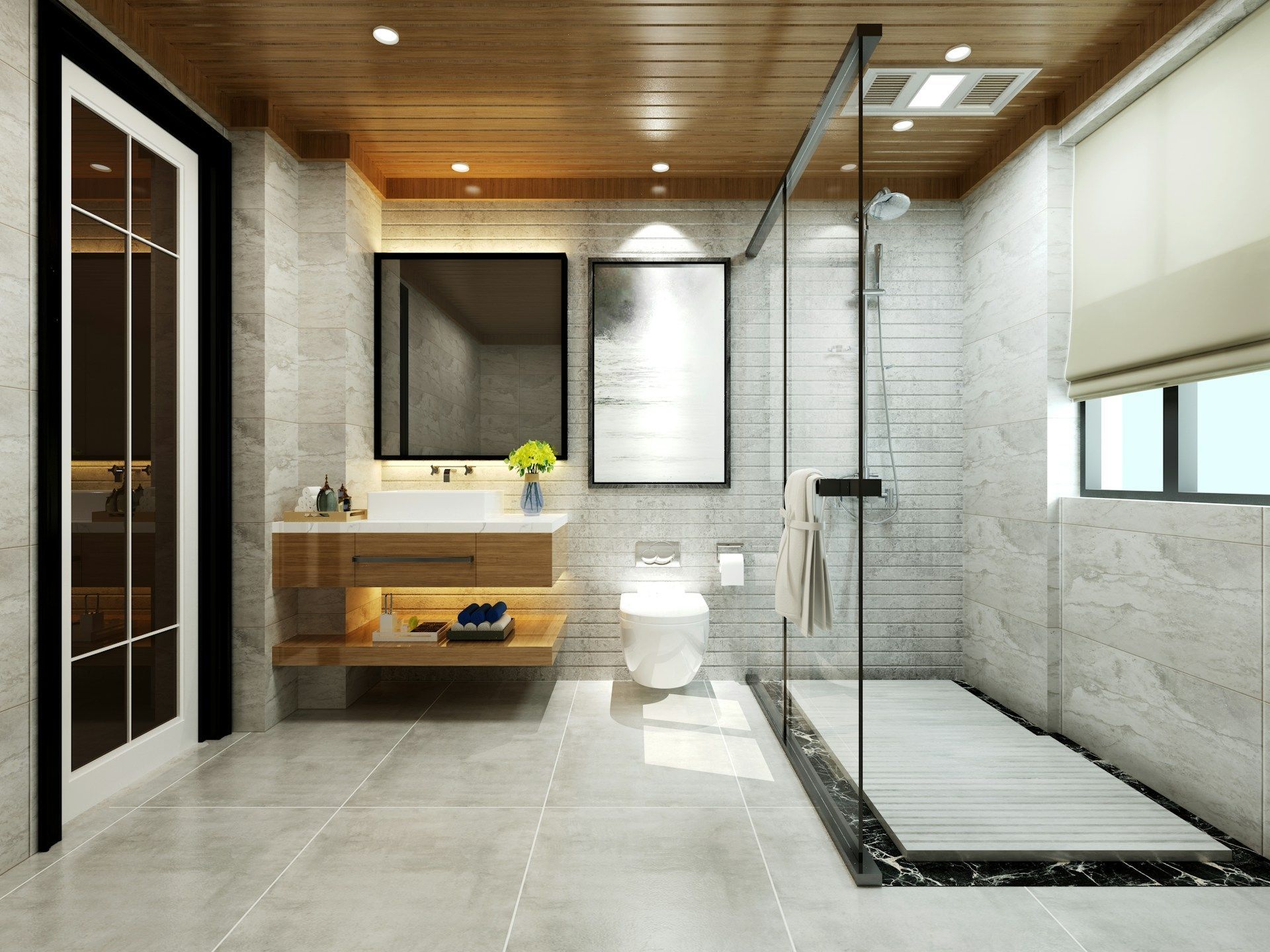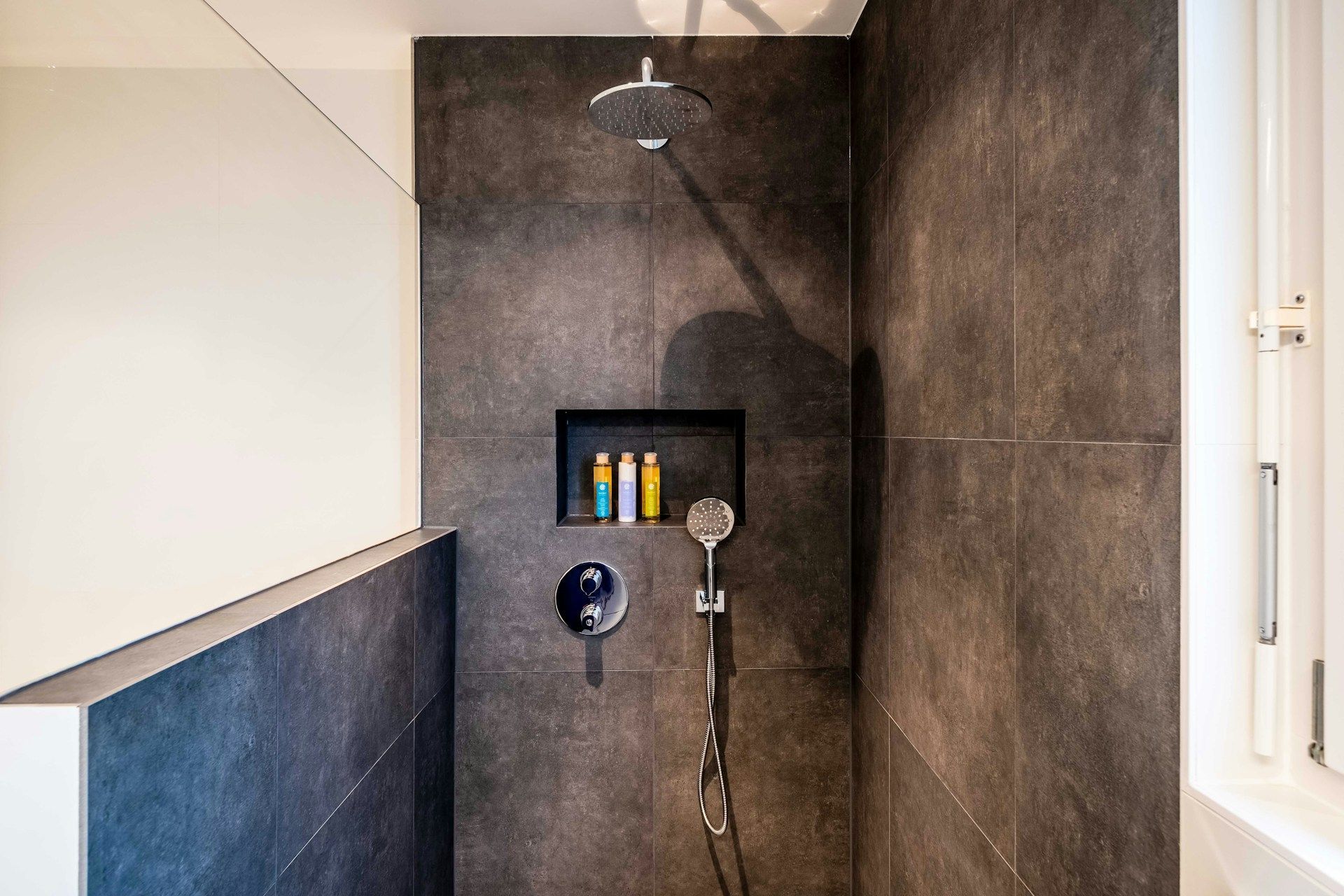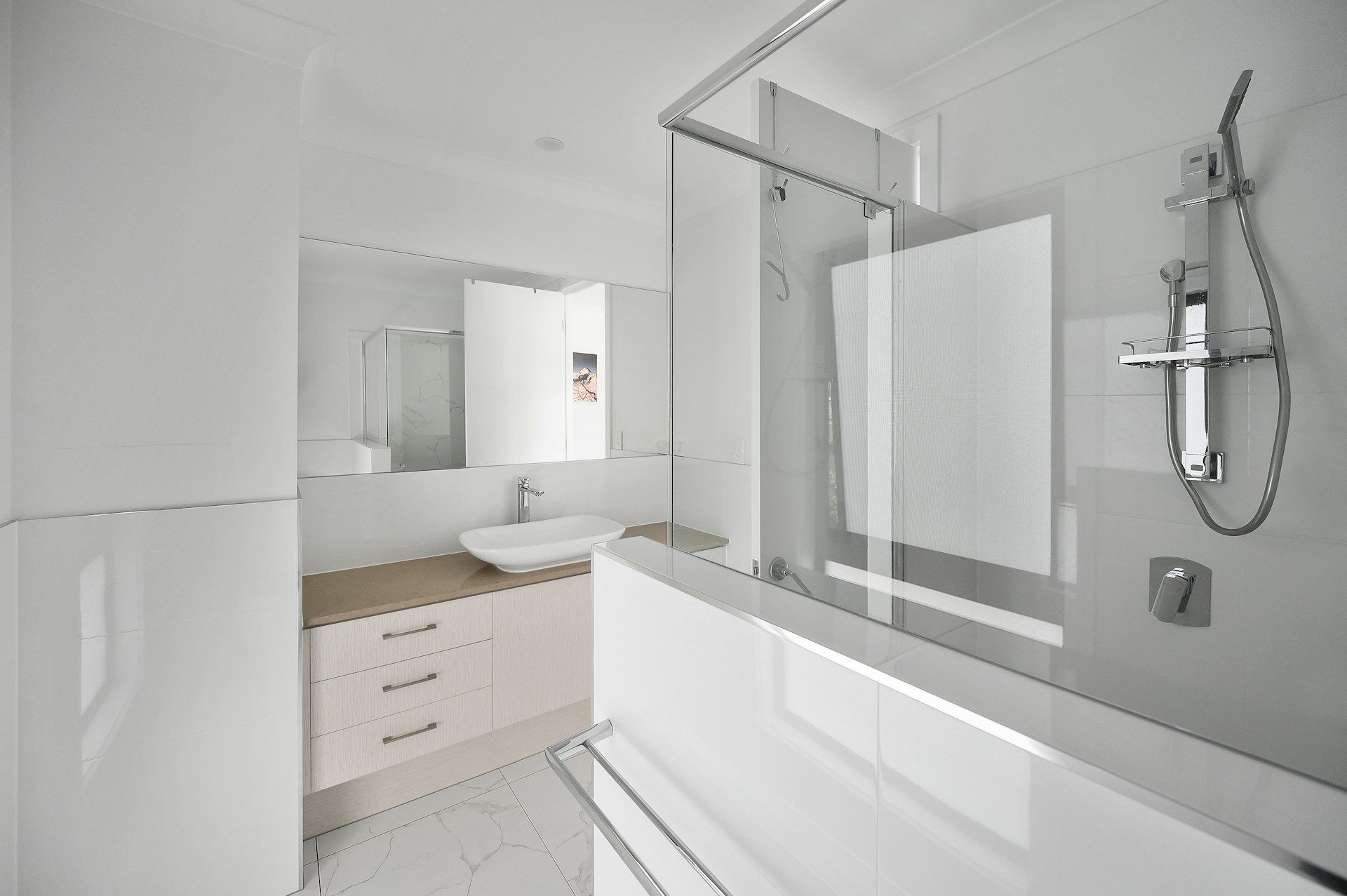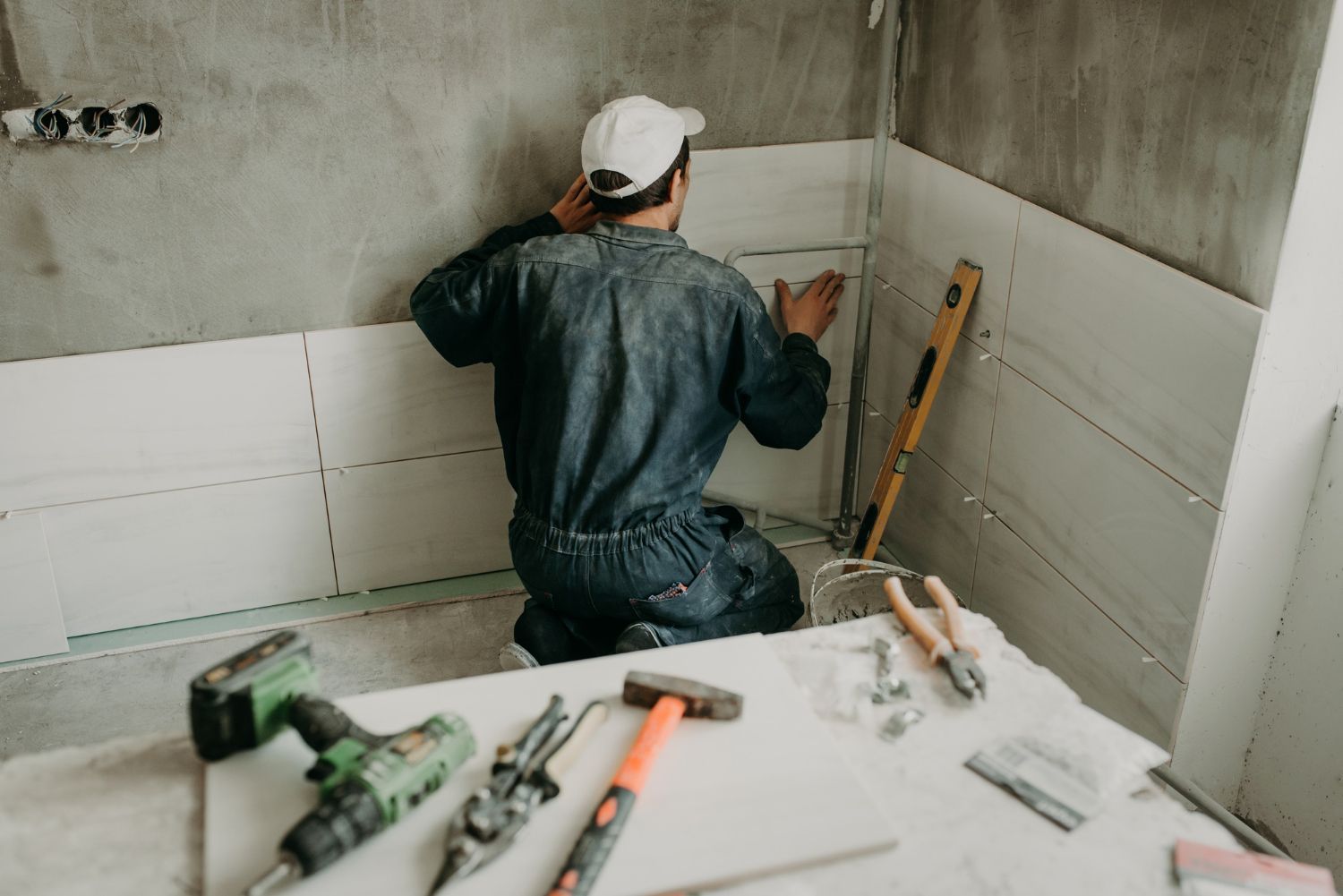EMAIL: info@bathroomremodelingmd.com
PHONE: 443 800-1117
Water Heater Placement Tips for Bathroom Remodeling
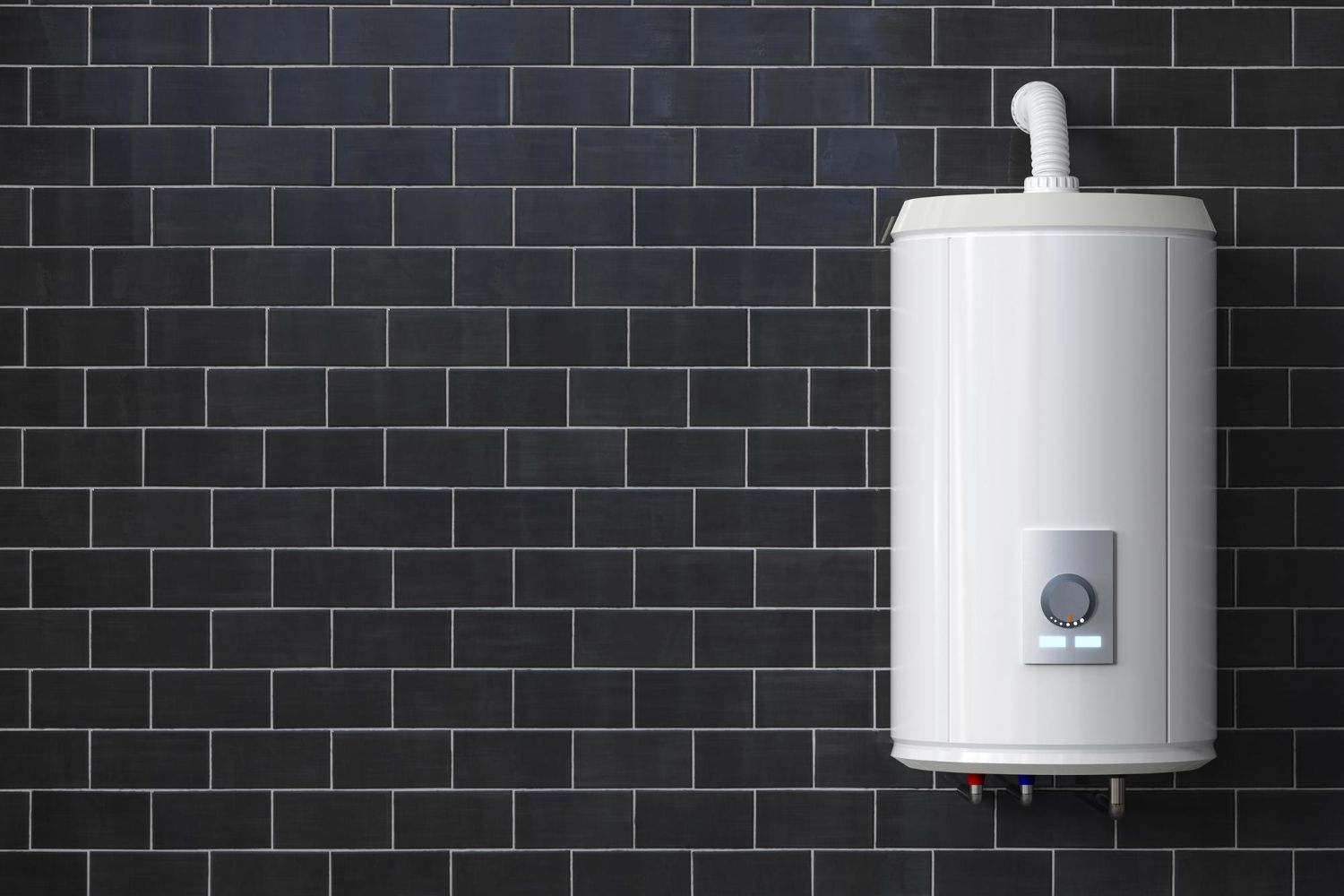
Planning a bathroom remodel involves a lot of decisions, and one key aspect is where to place the water heater. While it might be an overlooked detail, the location of your water heater can affect your bathroom's functionality and efficiency. That's why it's essential to think carefully about this choice to ensure your remodel goes smoothly and meets your needs. Let's dive into some helpful tips and insights to make your bathroom remodeling project a success.
Understanding Different Types of Water Heaters
Choosing the right type of water heater for your bathroom remodel is essential to ensure efficiency and convenience. There are two main types of water heaters: tankless and traditional.
Tankless water heaters, also known as on-demand or instant heaters, heat water directly without storing it. When you turn on the hot water tap, cold water passes through a heating element and comes out hot. This type offers energy-efficient solutions, as you only heat water when needed. Plus, they are compact and save space, making them a great option for smaller bathrooms. The downside is that they can be more expensive upfront and may take longer to deliver hot water to distant fixtures.
Traditional water heaters store heated water in a tank, which means you have hot water ready to go at any time. They typically hold between 30 and 80 gallons, depending on the model. These heaters are less expensive to purchase but might use more energy as they constantly work to maintain the water's temperature. Having a larger footprint, traditional heaters require a dedicated space, which can be a limitation in smaller homes.
When considering energy efficiency, tankless water heaters generally have an edge because they reduce standby heat loss. On the other hand, traditional heaters can sometimes be more affordable to operate in areas with low electricity rates. The best application for each type depends on your specific needs, available space, and budget. Tankless units are excellent for smaller or modern bathrooms, while traditional ones are suitable for homes needing large volumes of hot water quickly.
Factors to Consider for Water Heater Placement
The placement of your water heater is crucial for the overall functionality of your bathroom. Several factors come into play when deciding where to install it.
First, consider the proximity to bathroom fixtures. The closer the water heater is to fixtures like sinks, showers, and tubs, the less time you will have to wait for hot water to arrive. This improves convenience and reduces water wastage. A centrally located water heater serves multiple bathrooms more efficiently.
Space requirements are another important consideration. Traditional water heaters need enough floor space for the tank, along with additional clearance for maintenance and safety. In contrast, tankless models can be mounted on walls, saving floor space and offering more flexibility in tight areas.
Ventilation and accessibility must be addressed too. Proper ventilation is essential to prevent heat buildup and ensure safety, especially in enclosed spaces. Whether in attics, closets, or garages, make sure there's enough airflow around the unit. Also, ensure the water heater is accessible for routine maintenance and emergency repairs. Regular checks are necessary to avoid costly damages later on.
Common Placements for Water Heaters
When choosing where to place your water heater, the location must balance practicality and safety. Let's review some of the common areas where water heaters can be installed.
Attics offer a space-saving solution but come with their own challenges. The pros include freeing up valuable room elsewhere in the house and out-of-sight installation. However, attics can be difficult to access for maintenance, and leaks can cause considerable damage before being noticed.
Closets provide easy access and can help centralize the water heating near plumbing fixtures. This setup minimizes the distance water has to travel, resulting in less energy loss. Make sure that there is proper ventilation to avoid overheating and ensure sufficient clearance for safety. Retrofitting a closet may require professional guidance, especially in smaller homes.
Garages are another option that allows for easy access and ventilation. They are typically spacious, providing ample room for maintenance and repairs. However, garages can be far from upstairs bathrooms, which might result in longer waits for hot water.
For multistory homes, consider installing units on each floor to improve the hot water supply. This can cut down on water waste and ensure more consistent temperatures. Some creative solutions for small bathrooms include installing tankless water heaters on walls or hidden behind cabinet spaces.
Ensuring Safety and Compliance
Safety and compliance are fundamental when installing a water heater. Proper installation safeguards your home against leaks and other potential hazards. To begin with, understanding the building codes and regulations in your area is critical. These rules ensure the installation meets safety standards and prevents accidents related to faulty setups.
Several tips can help you ensure a proper installation. First, always use water lines that are rated for the temperature that your water heater will produce. Additionally, pressure relief valves should be installed correctly to handle any excess pressure that could build up. Regular inspections and maintenance are also key to identifying any issues early and prolonging the lifespan of your water heater.
Additionally, carbon monoxide detectors are a must if you're using a gas water heater. This step is essential to avoid any risk of leaks. Make sure there's enough ventilation, especially in closed spaces, to carry away harmful gases safely.
Regular maintenance, such as flushing the tank annually to remove sediment buildup, can improve efficiency and safety. This also reduces the risk of corrosion or leaks that can cause costly water damage to your home. Keeping these factors in check ensures your water heater performs reliably and safely for years to come.
Conclusion
Finding the right spot for your water heater during a bathroom remodel is a careful balance of functionality, safety, and efficiency. The key is to assess your home's unique layout, the type of water heater you have, and local building codes.
Taking the time to plan appropriately will lead to a more efficient and safe installation. Whether it's in an attic, closet, or garage, each option has its own set of considerations. For those looking to undertake a bathroom remodel, including water heater relocation or installation, the expertise of a professional remodeling team can make all the difference.
Bathroom Remodeling Of Maryland, Inc. can guide you through the process with precision and care, ensuring you receive a bathroom that meets all your needs. Contact us today to start planning your perfect
bathroom remodeling in Rockville, ensuring every detail, including the ideal placement for your water heater, is taken care of with professionalism and expertise.

Our Company
We specialize in custom bathroom renovations from standard to luxury.
From conception to creation, we make every homeowner’s vision for the perfect bathroom a reality.
Contact Info
Navigation
Subscribe To Our Newsletter
Contact Us
We will get back to you as soon as possible.
Please try again later.
All Rights Reserved | Bathroom Remodeling Of Maryland, Inc.
Website designed by: Designer 1 Media
